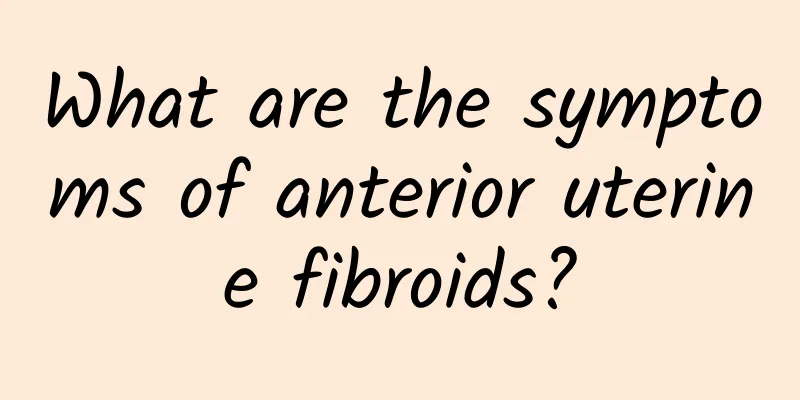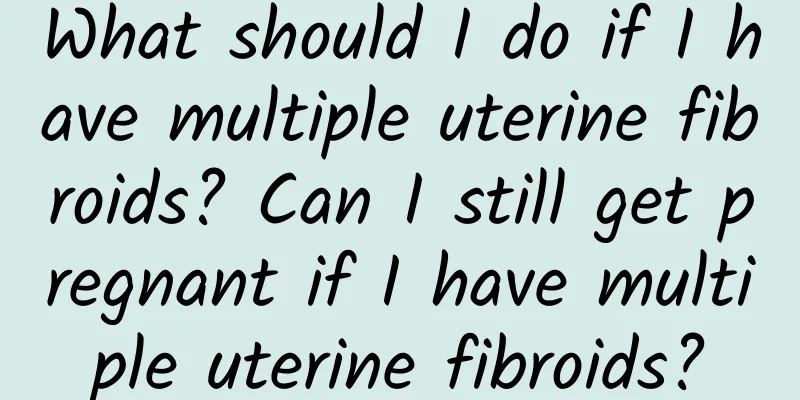How to diagnose ovarian cysts

|
Differential diagnosis of ovarian cysts? We need to grasp the differential diagnosis of ovarian cysts. Only by grasping the differential diagnosis of ovarian cysts can we help everyone to correctly understand and distinguish, so as to come up with accurate treatment methods. So what exactly is the differential diagnosis of ovarian cysts? Let us interpret it in detail below. Differential diagnosis of ovarian cysts: 1. Functional ovarian cyst: This is the most common cyst. It occurs in women of childbearing age during the ovulation cycle. An abnormal amount of fluid accumulates in the follicle or corpus luteum, forming a follicular cyst or corpus luteum cyst. This functional cyst can sometimes be very large, but regardless of whether medication is used or not, it usually disappears on its own within three months. 2. Hemorrhagic ovarian cysts: Sometimes follicular cysts and corpus luteum cysts grow too fast, causing the ovarian tissue to tear and bleed. The blood accumulates in the ovary because there is no outlet, which is called a hemorrhagic cyst. This type of cyst usually disappears on its own, but it takes a long time. If the physical discomfort is more obvious, you can take medicine to alleviate the symptoms. Only in a few cases, when the patient presents more serious symptoms, surgery is required. 3. Serous epithelial cysts and mucinous epithelial cysts: After three months of observation, the cysts that still exist may be epithelial ovarian cysts rather than functional cysts. This is because the serous cells and mucinous cells with secretory functions are buried in the ovaries after ovulation, and they continuously secrete fluid to form cysts. This type of cyst will not disappear and needs to be removed surgically. 4. Chocolate cyst: refers to endometriosis growing in the ovaries, forming a large amount of sticky coffee-colored liquid like chocolate in the ovaries. Because endometriosis will grow larger over time, it will gradually erode normal tissues and cause irreversible damage to ovarian tissues. After evaluating its severity, surgery may be required. 5. Teratoma: This is a very special cyst. It may be a problem with cell differentiation during the embryonic period, and it takes a long time to show up. It will form a collection of hair, teeth, and some oils in the ovary. Since the teratoma itself will not disappear on its own and may continue to grow, and there is a 15% chance of causing ovarian torsion, it is best to remove it as soon as possible. Generally speaking, the rate of malignancy is less than one in a thousand. 6. Ovarian cancer: The chance of developing ovarian cancer is quite low, but because it is located in the pelvic cavity, it is not easy to detect early. 7. Endometrioid tumor: The surface of the tumor is smooth and is often single-chambered. Its inner wall is composed of a layer of tall columnar epithelium that is very similar to the endometrium. The surrounding connective tissue lacks endometrial stroma, and there is no bleeding inside or outside the cyst. |
<<: Early prevention of ovarian cysts
>>: How to check for multiple ovarian cysts
Recommend
What are the diagnostic criteria for uterine fibroids?
Uterine fibroids are a common gynecological disea...
What are the contraindications for abortion surgery?
Artificial abortion refers to the use of surgical...
A new choice for winter tonic! Chicken essence warms and nourishes without burden
As the saying goes, "Tonic winter nourishmen...
What should I do if my period hasn't come for more than 40 days at the age of 52? What should I do if my stomach is bloated?
What should I do if a 52-year-old woman has not h...
What is functional uterine bleeding in adolescence?
Dysfunctional uterine bleeding in adolescence is ...
The most important preventive measures for vulvar leukoplakia
Among gynecological diseases, vulvar leukoplakia ...
Pelvic peritonitis infection route
Experts say that pelvic peritonitis is a type of ...
Can acupuncture cure amenorrhea?
Acupuncture can be used as an adjunctive treatmen...
How long does it take for cervical erosion surgery to work?
How long does it take for cervical erosion surger...
Why does vulvar leukoplakia cause vulvar atrophy?
People think that the name of vulvar leukoplakia ...
What is a threatened miscarriage? What should I do?
What is a threatened miscarriage? What should I d...
How to prevent Bartholinitis
Bartholin's gland cyst brings endless trouble...
What should I pay attention to when I have high blood pressure and uterine fibroids? What should I not eat when I have high blood pressure and uterine fibroids?
What should I pay attention to when I have high b...
Can I go back to work without resting after having an abortion?
Can I go back to work without resting after havin...
Experts explain the causes of cervicitis
If you have cervicitis, you should actively treat...









